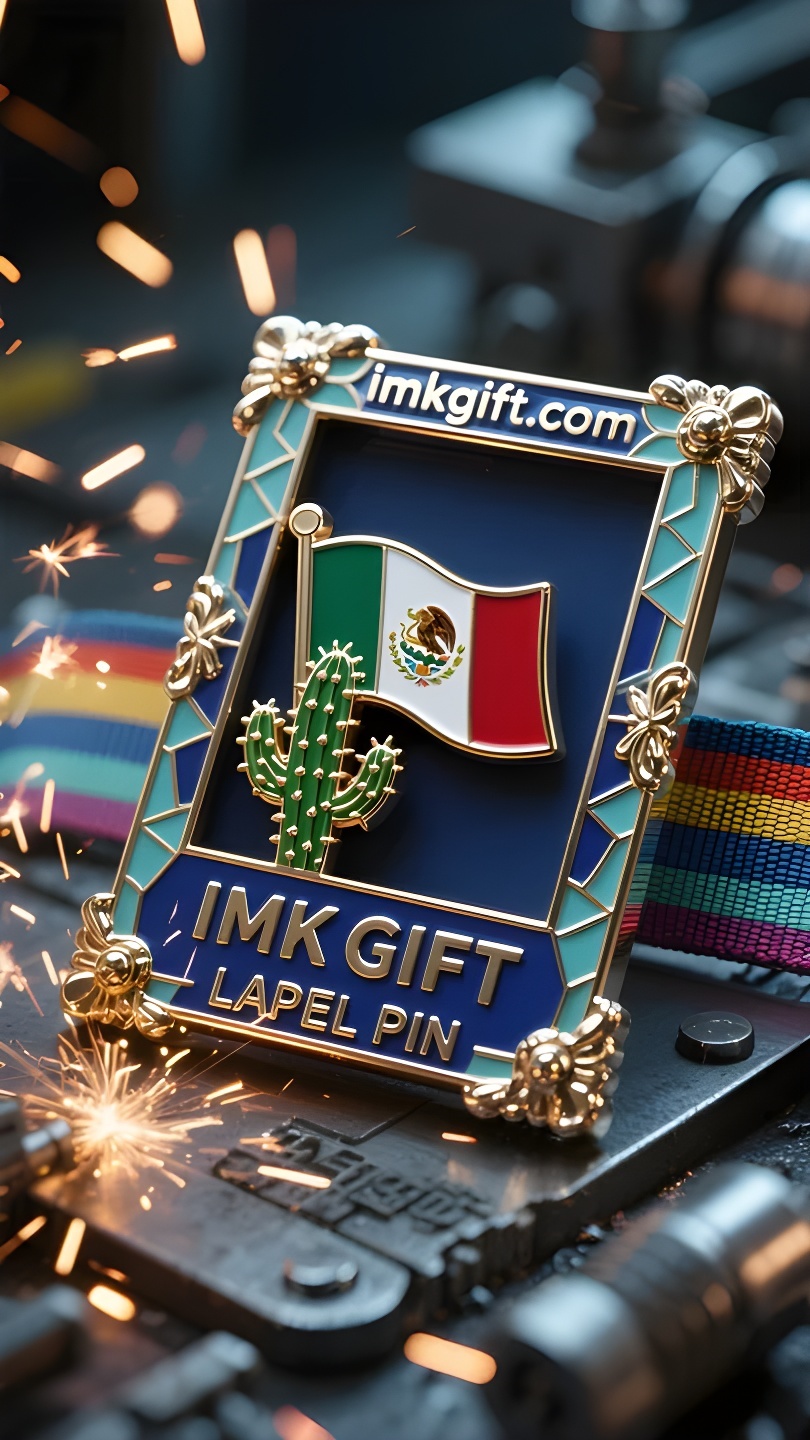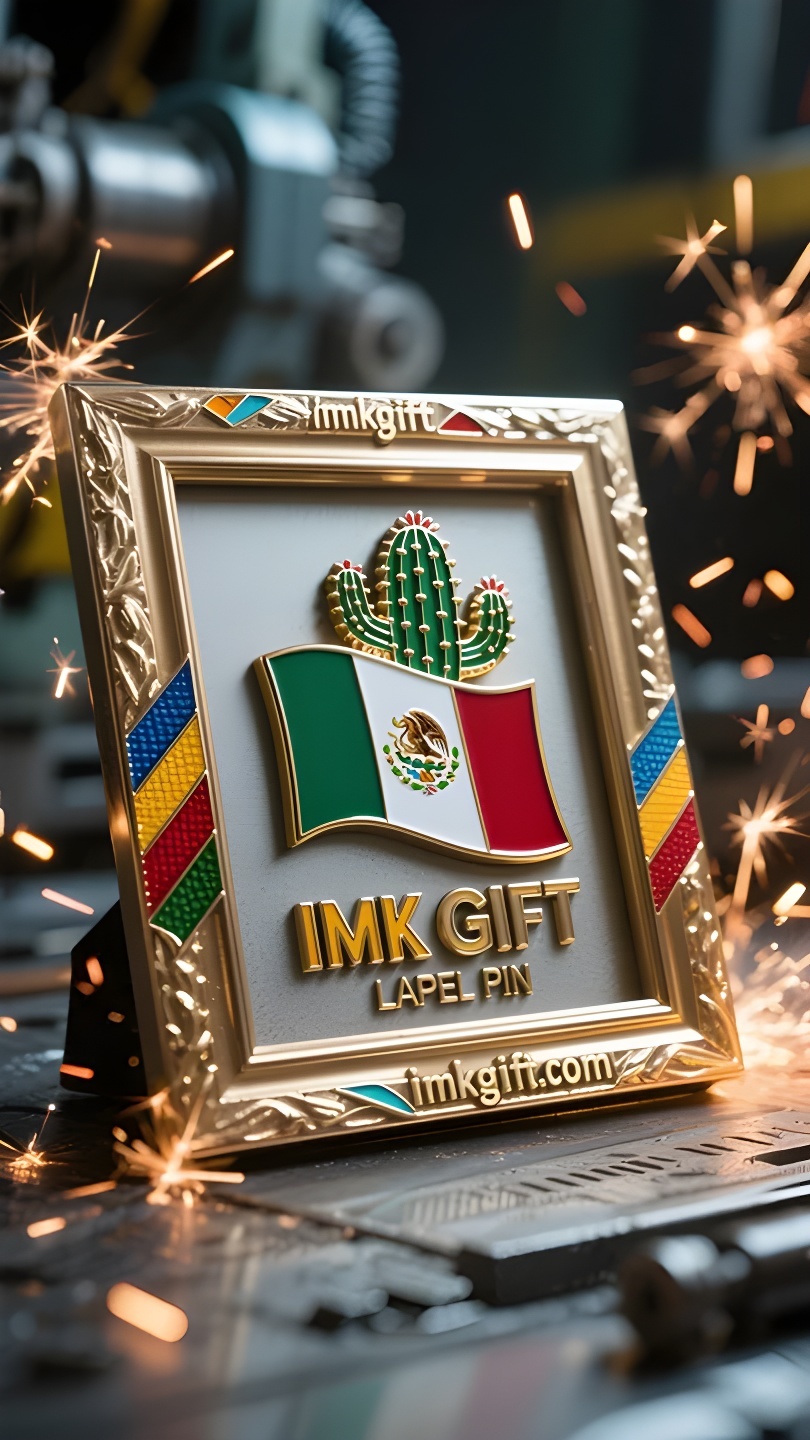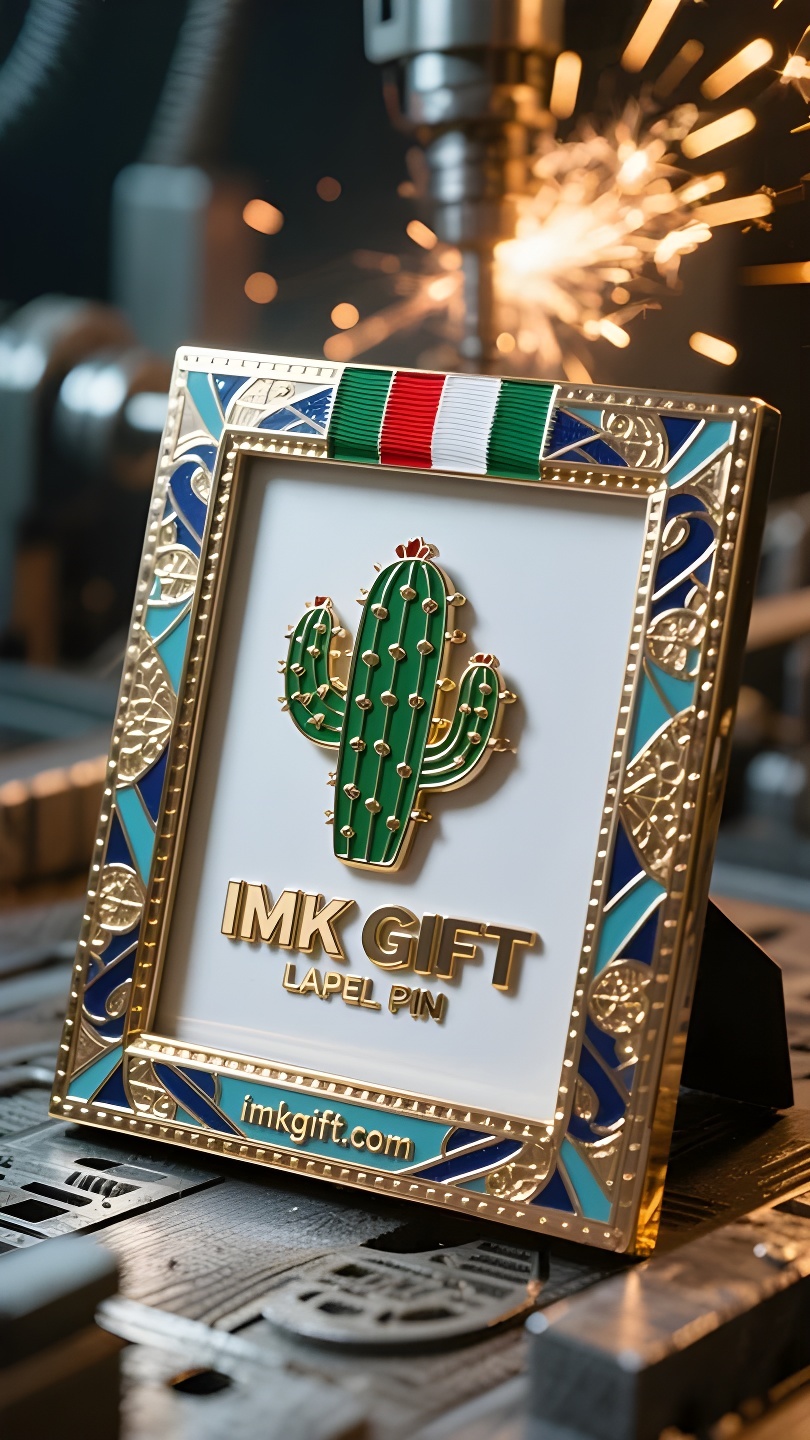in990-Marco-del-desierto-La-columna-vertebral-de-la-nación-sostenida-por-cactus
▼
En el centro de la bandera mexicana, un águila se yergue orgullosa sobre un cactus, mordiendo una serpiente retorcida. Este tótem de la leyenda azteca ahora se coloca en marcos de fotos de madera en innumerables familias mexicanas, convirtiéndose en un tótem espiritual que fluye en su sangre. La forma única del marco de fotos de cactus implica un profundo significado: el marco de la planta espinosa no es una decoración ni un confinamiento, sino una protección de las creencias nacionales con la forma de vida más ruda. Así como el cactus en el desierto transforma el agua de lluvia en nutrientes para la supervivencia, los mexicanos usan esta planta para enmarcar recuerdos históricos: durante la Guerra de Independencia de 1821, los rebeldes usaron los cactus como barrera natural; durante la Revolución de 1910, las guerrillas transmitieron información a la sombra de los cactus. Las púas del marco de fotos son un recordatorio constante de que la libertad siempre necesita una protección sólida. En las calles de la Ciudad de México contemporánea, los artesanos aún tallan a mano marcos de fotos con motivos de cactus. Estos marcos de plantas, que crecen con tenacidad, contienen la gloria de la bandera nacional y la historia de lucha de la gente común. Los repartidores de comida para llevar meten los libros de texto de sus hijos en sus bolsos bordados con cactus, y los inmigrantes llevan fotos familiares enmarcadas en cactus cerca de sus cuerpos. Cada cicatriz anual, similar a un anillo, nos dice que la verdadera vitalidad consiste en ascender con cicatrices. Cuando la luz de la mañana ilumina el contorno dorado del marco del cactus, toda la nación escucha el eco de las profundidades del desierto: la tierra más pobre siempre esconde la primavera que brota de la tierra.
In the center of the Mexican flag, an eagle stands proudly on a cactus, biting a twisted snake. This totem from Aztec legend is now placed in wooden photo frames in countless Mexican families, becoming a spiritual totem flowing in their blood. The unique shape of the cactus photo frame implies a deep meaning – the thorny plant frame is neither a decoration nor a confinement, but a protection of national beliefs with the roughest life form. Just as the cactus in the desert transforms thin rainwater into nutrients for survival, Mexicans use this plant to frame historical memories: during the War of Independence in 1821, the rebels used cactus bushes as a natural barrier; during the 1910 Revolution, guerrillas passed intelligence under the shadow of cacti. The spikes of the photo frame are a constant reminder that freedom always needs sharp protection. On the streets of contemporary Mexico City, craftsmen are still hand-carving photo frames with cactus patterns. These stubbornly growing plant frames contain the glory of the national flag and the struggle history of ordinary people. Takeaway riders stuff their children’s textbooks into their cactus-embroidered shoulder bags, and immigrants keep family photos framed in cacti close to their bodies. Each annual ring-like scar tells us that true vitality is to climb upward with scars. When the morning light illuminates the golden outline of the cactus frame, the entire nation hears the echo from the depths of the desert – the poorest soil always hides the spring that breaks through the ground.
在墨西哥国旗中央,一只雄鹰傲立于仙人掌之上,衔咬着扭曲的蛇身。这个源自阿兹特克传说的图腾,如今被装进无数墨西哥家庭的木质相框,成为流淌在血脉里的精神图腾。
仙人掌相框的独特形制暗含深意——带刺的植物边框既非装饰也非禁锢,而是用最粗粝的生命形态守护着民族信仰。正如沙漠中的仙人掌将稀薄雨水转化为生存养分,墨西哥人用这种植物框住历史记忆:1821年独立战争时,起义军曾以仙人掌丛为天然屏障;1910年革命期间,游击队员在仙人掌阴影下传递情报。相框的尖刺时刻提醒着,自由从来需要锋芒守护。
当代墨西哥城街头,工匠仍在手工雕刻仙人掌纹样的相框。这些倔强生长的植物边框,既容纳着国旗的荣耀,也包裹着普通人的奋斗史。外卖骑手在仙人掌刺绣的挎包里塞进孩子的课本,移民将镶着仙人掌相框的全家福贴身珍藏。每道年轮般的刺痕都在诉说:真正的生命力,恰是带着伤痕向上攀援。
当晨曦照亮仙人掌相框的金色轮廓,整个民族都听见沙漠深处传来的回声——最贫瘠的土壤里,永远藏着破土而出的春天。
▼
Contact Us
📞 Tel: +0086-760-85286839
📧 Email: sales3@imkgift.com








